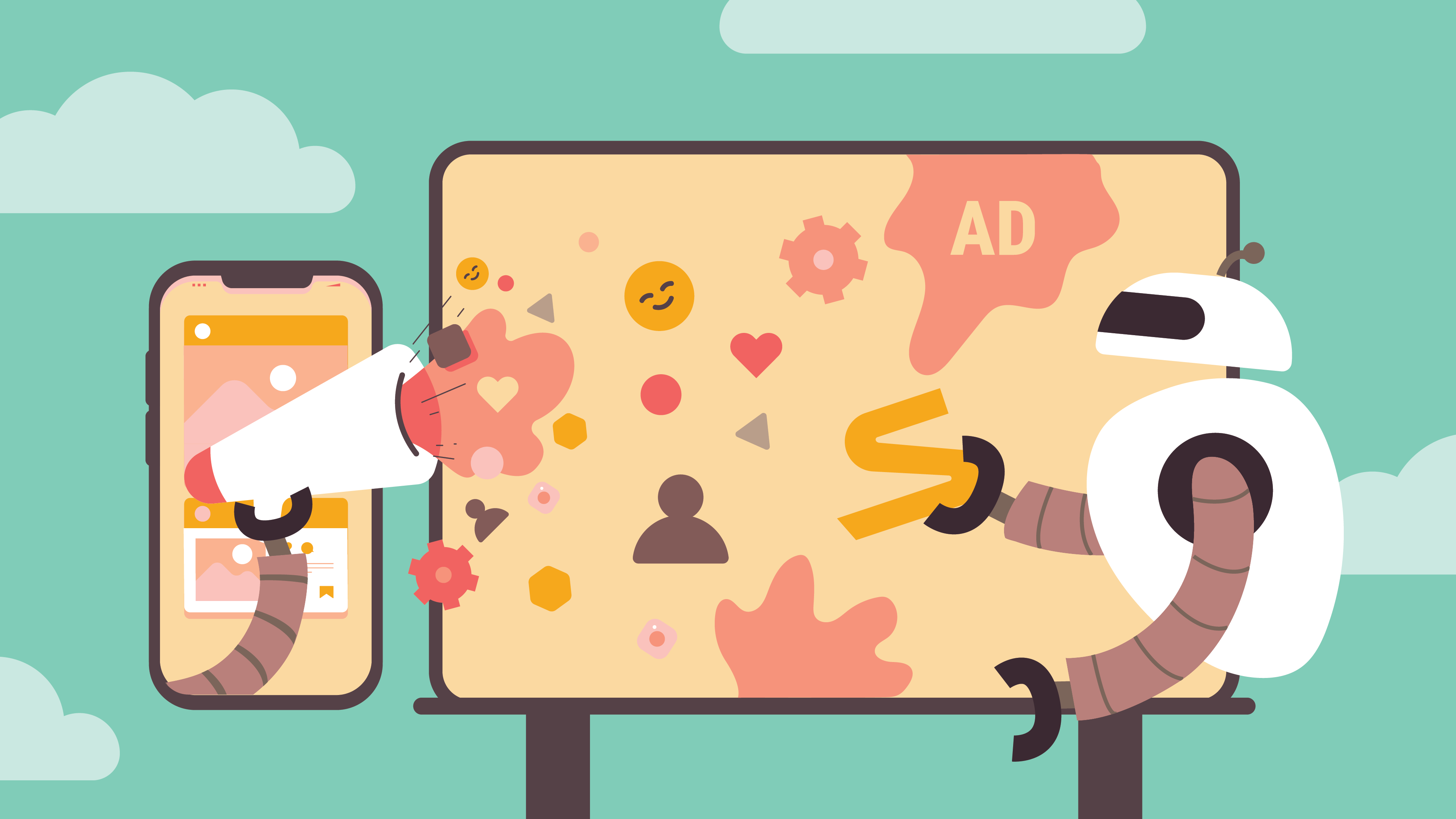AI is transforming advertising, and educators must adapt their curricula to prepare students for an industry where machine learning, automation, and data-driven decision-making play a central role. AI is reshaping every aspect of the field from consumer insights to media buying and creative production.
This article outlines how professors can integrate AI into their advertising courses, drawing on insights from the “Building the Future of Advertising Education” webinar featuring Dr. Jing Yang. It includes best practices for structuring AI-related coursework, lists of useful AI tools, and strategies for preparing students for AI-driven careers.
Why AI Matters in Advertising Education
AI is revolutionizing advertising by enhancing audience targeting, streamlining content creation, and optimizing media strategies. Companies such as NVIDIA and WPP are already using AI-powered tools to generate photorealistic ads, reducing production costs and increasing efficiency. These advancements make it critical for educators to incorporate AI into their curricula to ensure students graduate with the skills they need to thrive in the industry.
By integrating AI into advertising education, professors can:
- Equip students with hands-on experience using industry-relevant tools
- Foster critical thinking around AI ethics, bias, and transparency
- Prepare students for emerging AI-driven roles in marketing and advertising
Best Practices for Teaching AI in Advertising
Introduce AI after Students Have a Strong Foundation
Dr. Yang emphasizes the importance of ensuring students understand core advertising principles before introducing AI. If students rely on AI too early, they may fail to develop the fundamental strategic and analytical skills necessary for effective advertising.
A recommended approach is to introduce AI in senior-level or graduate courses once students have a grasp of campaign strategy, consumer psychology, and media planning.
Structure Courses to Cover AI-Assisted and AI-Autonomous Advertising
An effective AI-focused advertising course can be divided into two sections:
- AI-Assisted Advertising Campaigns: Students learn how AI supports advertising functions such as consumer research, media buying, and creative production.
- AI Autonomous Agents: Students explore AI-driven chatbots, digital twins, and fully AI-generated advertising content.
This structure ensures students develop a balanced understanding of how AI serves as both a tool for human advertisers and a creative force in the industry.
AI Tools for Advertising Professors
Consumer Insights and Market Research
AI helps brands analyze vast amounts of consumer data to predict behaviors and tailor campaigns accordingly. The following tools can help students gain hands-on experience with AI-driven consumer research:
- BrandMentions: A social listening tool that tracks online brand perception.
- Google Cloud Vision AI: A computer vision AI that analyzes images to determine emotions and brand associations.
- GPT for Sheets: A Google Sheets integration that enables sentiment analysis and summarization of online discussions.
Professors can assign projects where students collect consumer sentiment data using these tools and develop marketing strategies based on AI-generated insights.
Media Planning and Buying
AI enhances media buying by optimizing ad placements and predicting the best-performing channels. While many enterprise-level platforms require subscriptions, students can explore AI-driven media planning concepts through:
- The Trade Desk: Uses AI to optimize programmatic ad buying and audience targeting.
- Salesforce AI: Provides AI-driven audience insights and personalization for digital campaigns.
A potential assignment could involve students designing an AI-powered media strategy using real-time data from these platforms.
Creative Production and Content Generation
AI-generated content is revolutionizing advertising by producing high-quality visuals, videos, and ad copy at scale. The following tools allow students to experiment with AI-driven creativity:
- Midjourney: An AI image generator that creates detailed visuals from text prompts.
- Runway: An AI-powered video editing and special effects platform.
- HeyGen: A video generator that creates digital AI twins for advertising content.
- Suno: An AI music composer for advertising campaigns.
Professors can assign students to create AI-generated advertisements using these tools and compare them with traditional methods of content creation.
Addressing Ethical Concerns in AI-Driven Advertising
AI in advertising raises significant ethical questions, including bias in machine learning models, privacy concerns, and transparency in AI-generated content. It is essential for professors to foster discussions around these issues to prepare students for responsible AI use in their careers.
Key topics to explore include:
- Bias in AI: AI-generated content reflects the biases of its training data, potentially reinforcing stereotypes.
- Privacy and Data Ethics: AI relies on user data for ad targeting, raising ethical concerns around consumer privacy.
- Disclosure Requirements: Brands must determine when and how to disclose AI-generated content to maintain transparency.
A useful classroom activity is to have students analyze an AI-generated ad campaign and assess potential ethical concerns before discussing solutions for responsible AI implementation.
Preparing Students for AI-Driven Careers in Advertising
Develop AI Literacy and Critical Thinking
Students need to understand both the capabilities and limitations of AI in advertising. Case studies of successful and failed AI-driven campaigns can illustrate AI’s strengths and weaknesses, helping students develop a critical perspective.
Encourage Hands-On AI Experimentation
Dr. Yang’s students work on projects where they design AI-powered advertising campaigns using real AI tools. Similar projects can help students build practical skills that will be valuable in their careers.
A suggested project could have students:
- Collect AI-driven consumer insights
- Use AI-generated content to create ad visuals
- Develop a media plan using AI tools
Introduce Students to AI-Related Job Roles
As AI reshapes advertising, new career opportunities are emerging. Some roles that students may pursue include:
- AI advertising strategist
- Generative AI content creator
- AI-powered media planner
Professors can invite industry professionals working in AI-driven advertising roles to guest lecture and provide insights into how AI is changing their work.
Watch the Webinar for More Insights
AI is transforming advertising, and educators must equip students with the knowledge and skills to navigate this shift. By integrating AI tools into coursework, discussing ethical considerations, and preparing students for AI-powered careers, professors can ensure that their graduates remain competitive in the evolving advertising industry.
To dive deeper into the future of AI in advertising education, watch the full “Building the Future of Advertising Education” webinar on demand!






